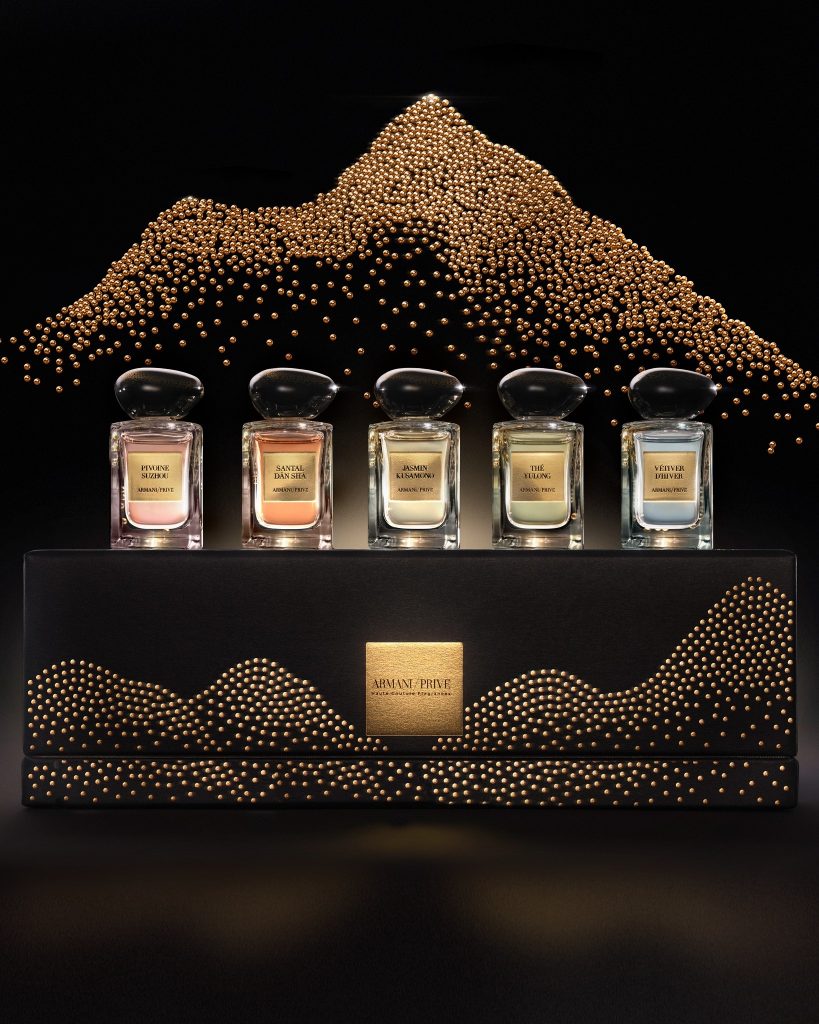The past week in luxury retail has underscored a sector in agile transition—strategically shedding what no longer serves, embracing cultural cachet, and redrawing the boundaries of what defines “luxury” for modern consumers. From De Beers’ decision to shutter its lab-grown diamond venture to ThredUp’s entry into the digital vintage pop-up space, the industry is signaling both a return to craftsmanship and an embrace of eco-conscious innovation.
Secondhand as Status: ThredUp and Beyond Retro Go Digital
In a move that would have seemed counterintuitive a decade ago, ThredUp has teamed up with British vintage powerhouse Beyond Retro to launch its first digital vintage pop-up. With more than 20,000 curated pieces, the initiative doesn’t just nod to circular fashion—it elevates it. Data from eBay, revealing “vintage” was searched over 1,200 times per minute in 2024, validates this trend. The line between exclusivity and accessibility is blurring as digital resale becomes a new badge of luxury, especially among Gen Z and younger millennials.
De Beers Bows Out of Lab-Grown
In a stark contrast, De Beers is pulling back from its lab-grown experiment, Lightbox, citing persistent price erosion. What began in 2018 as a future-facing project has succumbed to market realities—consumers still associate authentic luxury with rarity, not replicability. This move realigns De Beers with its core brand ethos: the timeless allure of mined diamonds. The implication? The lab-grown category may thrive in the mass market, but ultra-luxury remains loyal to provenance.
Luxury’s Celebrity Complex: Culture as Commerce
Several brands continue to leverage celebrity partnerships not merely for visibility but as a means of cultural integration. Marc Jacobs’ Pre-Fall 2025 campaign with Doja Cat—coinciding with the release of her new song “Jealous Type”—is a case study in synergistic marketing, blurring the lines between product launch and pop culture drop. Similarly, Chanel enlists Kendrick Lamar to front its eyewear campaign, reinforcing fashion’s current obsession with high-art musicality. The subtext is clear: in today’s landscape, brand relevance is won not only in ateliers but on Spotify playlists.
Craft and Education: Burberry and Porsche Set the Tone
Luxury’s future is also being rewritten at the intersection of education and innovation. Burberry’s circular design competition with London College of Fashion and Porsche’s new esports facility in Cologne both point to a strategic investment in next-gen talent. These initiatives aren’t about short-term press—they reflect brand commitments to cultural capital and experiential engagement.
The New Retail Geography
Luxury’s geographical footprint is also expanding. Armani Beauty’s first Philippine boutique and the launch of a wellness and longevity center by Estée Lauder Companies and Auberge Resorts in Costa Rica highlight a broader trend: high-end brands are betting on emerging markets and wellness travel as key growth frontiers. This aligns with a consumer base that increasingly values holistic luxury—where skincare rituals and serene destinations share the same pedestal as couture gowns.
Heritage Meets the Future
Meanwhile, brands like Fendi, which is funding the restoration of a Renaissance-era landmark, and Alfa Romeo, celebrating 115 years with a refreshed logo, show how heritage continues to be weaponized for modern resonance. Even as fashion flirts with the metaverse and AI, the past remains a potent asset.
Digital Dominance and Experiential Retail
Mytheresa, under CEO Michael Kliger, has achieved significant success by focusing on high-spending customers, with nearly 40% of sales coming from just 4% of shoppers. The company’s recent acquisition of Net-a-Porter and other Richemont-owned platforms has tripled its annual net sales to approximately $3.5 billion, forming a new entity called LuxExperience.
WSJ
Meanwhile, Bicester Village in Oxfordshire celebrates its 30th anniversary, defying the decline of physical retail by offering discounted designer fashion and exclusive outlets, attracting over 6.7 million visitors annually.
Celebrity Collaborations and Cultural Integration
Marc Jacobs’ Pre-Fall 2025 campaign features Doja Cat and introduces the Dual bag collection, blending fashion with music. Chanel’s spring/summer 2025 eyewear campaign stars Kendrick Lamar, emphasizing the cultural connections between the brand and the entertainment industry.
Versace’s La Vacanza campaign, featuring Sabrina Carpenter, and Tiffany & Co.’s Mother’s Day campaign, “Strong Like Mom,” highlight the industry’s focus on celebrity partnerships and emotional storytelling.
A Sector Recalibrated
What links these developments is a sharp recalibration: luxury retail is becoming more intentional, more sustainable, and more culturally embedded. Brands are pruning excess, deepening their emotional resonance, and finding new ways to tell stories that matter. Whether through a vintage pop-up or a campaign featuring Grammy winners, luxury is no longer just about product—it’s about purpose, place, and presence.


